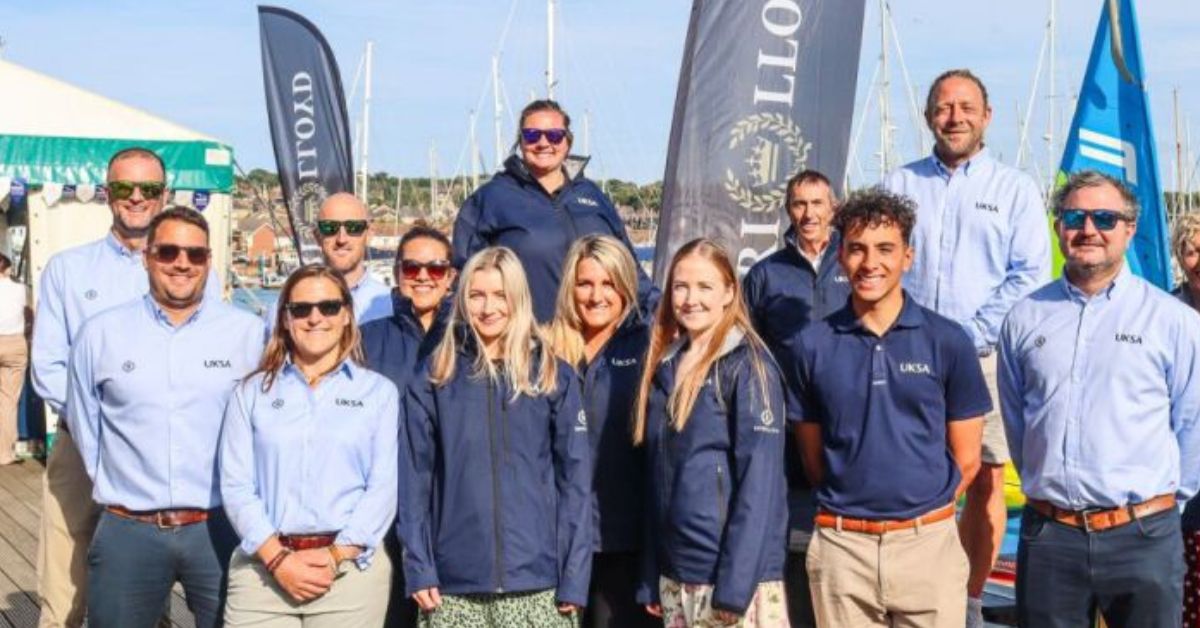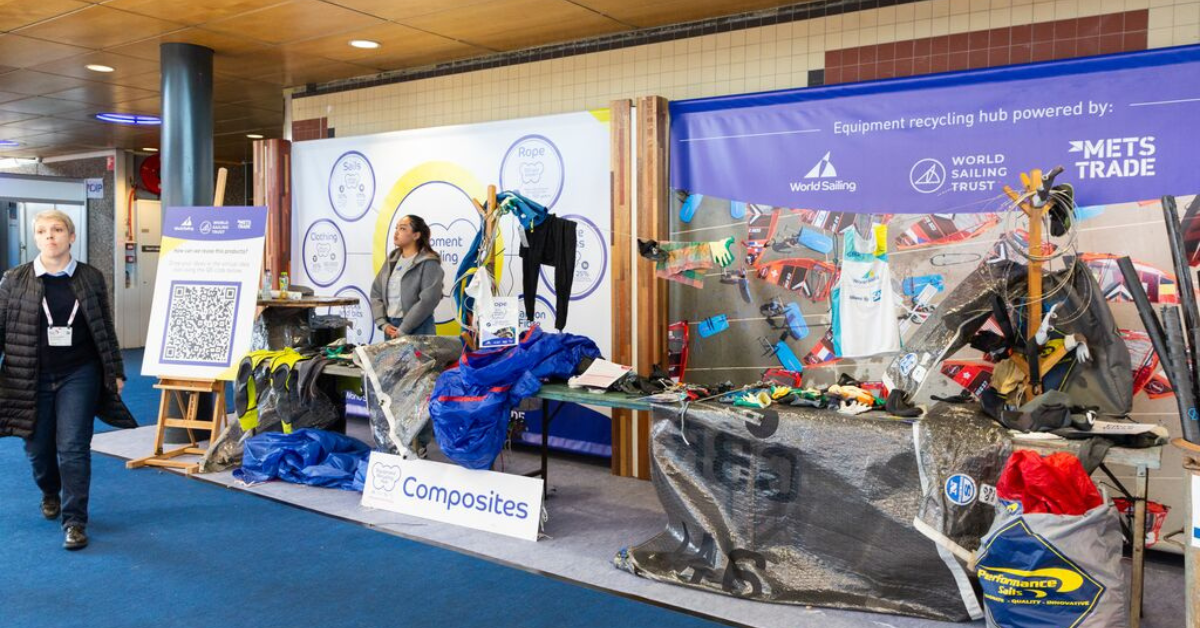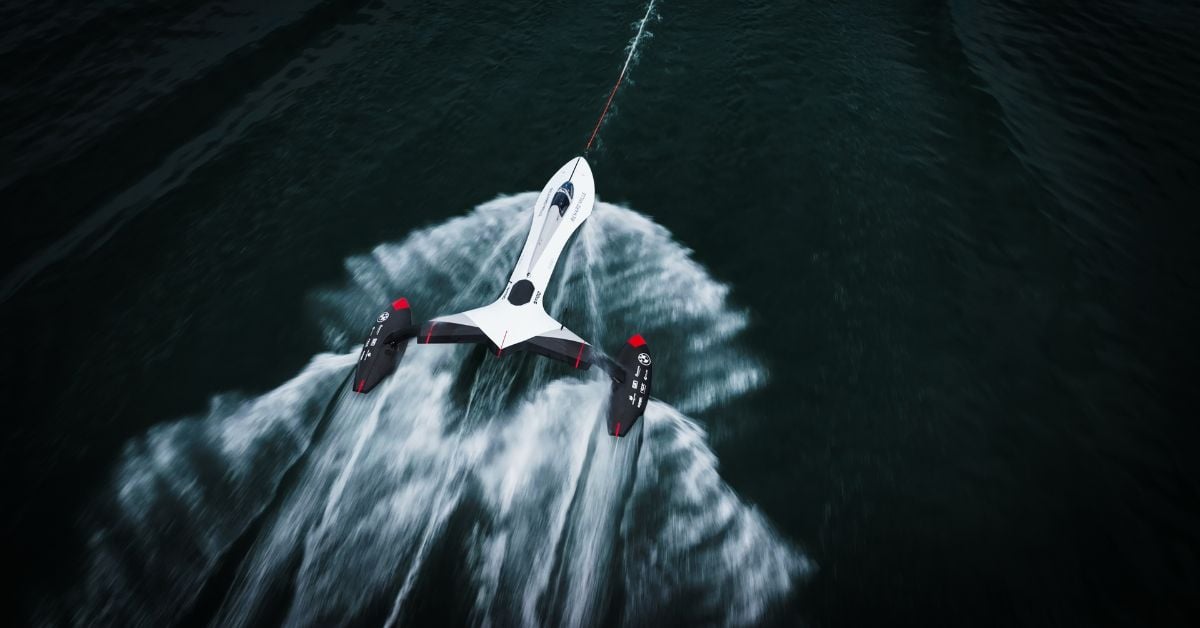Biomimicry in yacht design: nature's examples improve boat efficiency
 Hans Buitelaar
Hans Buitelaar
A pitch-dampening flipper under the bow is inspired by the tail of a manatee. A set of three vertical wings that swing through water for propulsion, function like a shark’s tail. Recent examples show that biomimicry can bring benefits to yacht design and operation.
Mimicking physical qualities from sea animals may result in quite efficient boats. Lessons we learnt from flying or land-based animals prove to come to good use in yachts and boats, too. The art of translating the lessons that nature teaches, into designs made by humans is called Biomimicry. The basic thought is quite straight forward: if you want to design a good boat, look at a fish or a swan.
Ancient wisdom: nature's influence on yacht design
Biophilic design or biomimicry is already widely used in construction and design of yachts. A clear example is the use of a rudder, located aft to steer a vessel. This application is so ancient that nobody notices anymore, but the rudder uses the same principle as a shark or any other fish with a vertical tail fin uses to determine the direction of its movement.
Composite design looks further beyond water animals: to achieve lightweight construction for strong hulls for racing yachts, the honeycomb structure is used. Inspired by the architecture of honey bees, a stiff inner layer is designed using very light material within a sandwich composite. More efforts have been made to improve the efficiency of boats by mimicking the ways of nature for moving through water.
Harnessing the mighty power of whales
The efficient way whales move through water has been one of the major sources of inspiration for engineers in the marine industry. With a powerful swing of the tail, a whale can move its massive body with enough force to jump high above the surface.
Nature does not use rotary movement like humans do with propellers in the water. Muscles contract and expand. Traditional engineering does not often apply forces that way, although the piston of steam engines and even of internal combustion engines also originally exhibit an in-and-out movement.
Swinging the hull over its entire length, to mimic the movement of a shark, seems difficult to do when building and operating a submarine or surface vessel. Flipping a tail up and down is probably easier.
Inland Whale's Fuel Efficiency Potential
In 2013, the inland barge ‘Triade’ in the Netherlands was fitted with an O-foil: a wide horizontal wing that swings up and down under the aft section of the cargo vessel. The motion and the design of the O-foil imitate the tail movement of a whale. Expectations were enormous: the vessel might achieve a 50 percent fuel savings with this efficient method of propulsion. This result was never achieved. The ‘Triade’ sailed with the O-foil whale tail for three years until 2016 when the connecting rod broke, which links the foil to the pistons on each side of the vessel.
Still, the O-foil achieved impressive improvement in fuel efficiency: in the early days of sailing with its new equipment, the skipper reported 30 percent fuel savings. For inland shipping, there were more benefits like the robust construction that enabled navigation through really shallow waters. The founders of the O-foil company did not succeed in securing enough successive orders and went bankrupt.
A potentially very good idea is now resting with all of the other good inventions that could improve the world but have not developed the commercial robustness needed.
Ocius Technology's Rudder Flipper
Ocius Technology from Sydney, Australia has developed what they call the ‘rudder flipper’. This is a horizontal surface attached to the bottom of a vertical profile under the forward part of a vessel. It dampens the vertical motions of a boat in waves. Because the horizontal flipper wing is flexible, it will swing with the vertical motions of the hull and generate forward thrust – without putting any energy in it, the thrust comes from the very wave it tries to dampen.
Ocius originally developed this for application for the autonomous ocean research surface vessels they build. The wave dampening and forward propulsion into the waves improve the seakeeping of these autonomous vessels in rough weather. The rudder flipper can keep a boat head in the waves during storms and smooth out the vertical accelerations in the waves.
Electric Yachts with Innovative Features
“I’m seriously planning on building a range of 40 to 60 foot long electric yachts with the Rudder Flipper as one of their distinct features,” Ocius Technology Founder and CEO Robert Dane reveals. “I want to call them ‘Green Sunrise’.”
These yachts would sport a solar sail for propulsion or propulsion support, which would double as a sun awning when folded down over the aft deck. The Rudder Flipper would help in sea keeping and provide some extra propulsion in waves. The boats, with their 4.5 meter beam, would also have a retractable keel.
“The Rudder Flipper alone is pretty slow propulsion for a crewed vessel,” Dane explains. “But in combination with the sail, I hope it will provide a very pleasant experience with dampened motion. In a storm, the Rudder Flipper is a pretty awesome sea anchor. With the sail down, the Rudder Flipper can keep any vessel head in the wind, and, with a bit of propeller thrust, the boat can go anywhere.”
Dane is looking for launching customers of the Green Sunrise yachts, which sail with their retractable solid solar sail, are gentle in waves while getting some extra propulsion from the flipper and that will go electrically with the sail down.
While Ocius Technology is currently building unmanned surface vessels for marine surveillance, like the Bluebottle, Dane will be visiting North-West Europe, looking for possibilities of building the Green Sunrise range there at yards that want to pick up on the innovative idea.
Manatee-Inspired Flippers for Underwater Efficiency
The flipper is a flexible composite appendage underwater. At Ocius Technology, further investigation is underway to develop the most efficient stiffness and flexibility ratio for the flippers.
“We have experimented with different stiffnesses and laminates for the tail,” explains Joshua Grosser, a field engineer at Ocius Technology who is working on his PhD thesis to develop a model for predicting of the flipper’s performance. “We have recently drawn inspiration from the shape of manatee tails, because these animals move at similar speeds to the propulsion of our flippers.
The performance of the flipper depends on the specific sea state (particularly wave period). We have seen a few knots of boat speed achieved into swell under flipper power only, and it has proven itself as an effective means of holding station repeatedly. In the right conditions, we can navigate under flipper power only.”
Efficiency Inspired by Shark Tails
French company ADV Propulse manufactures trochoidal propulsion systems inspired by a shark's tail. These systems feature three vertical fins mounted on a revolving disk, with gearing that enables the fins to swing from side to side, sweeping water aft as they rotate. Each fin directs water backward during one half of its rotation, from one dead point to the other on the opposite side of the disk.
Then, as the angle reverses, the fin sweeps water backward again during the second half of its rotation. This backward water movement generates forward propulsion for the boat on which the trochoidal propulsion disk is mounted, mimicking the movement of a shark's tail.
ADV Propulse offers market-ready outboard and inboard propulsion systems for yachts, with power ranging from 15 to 50 kilowatts. The company claims that its method of creating thrust in the water is 10 to 15 percent more efficient than propulsion with a traditional propeller.


